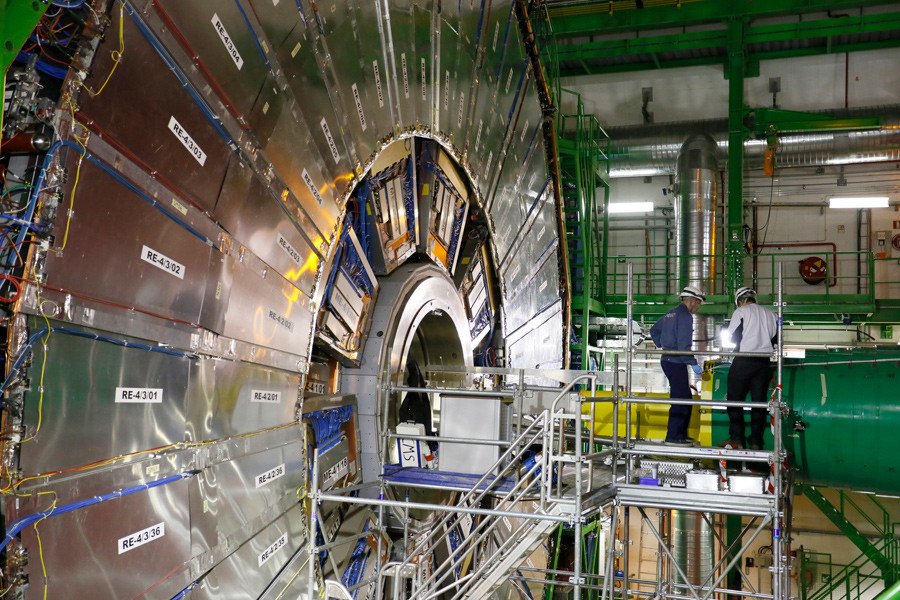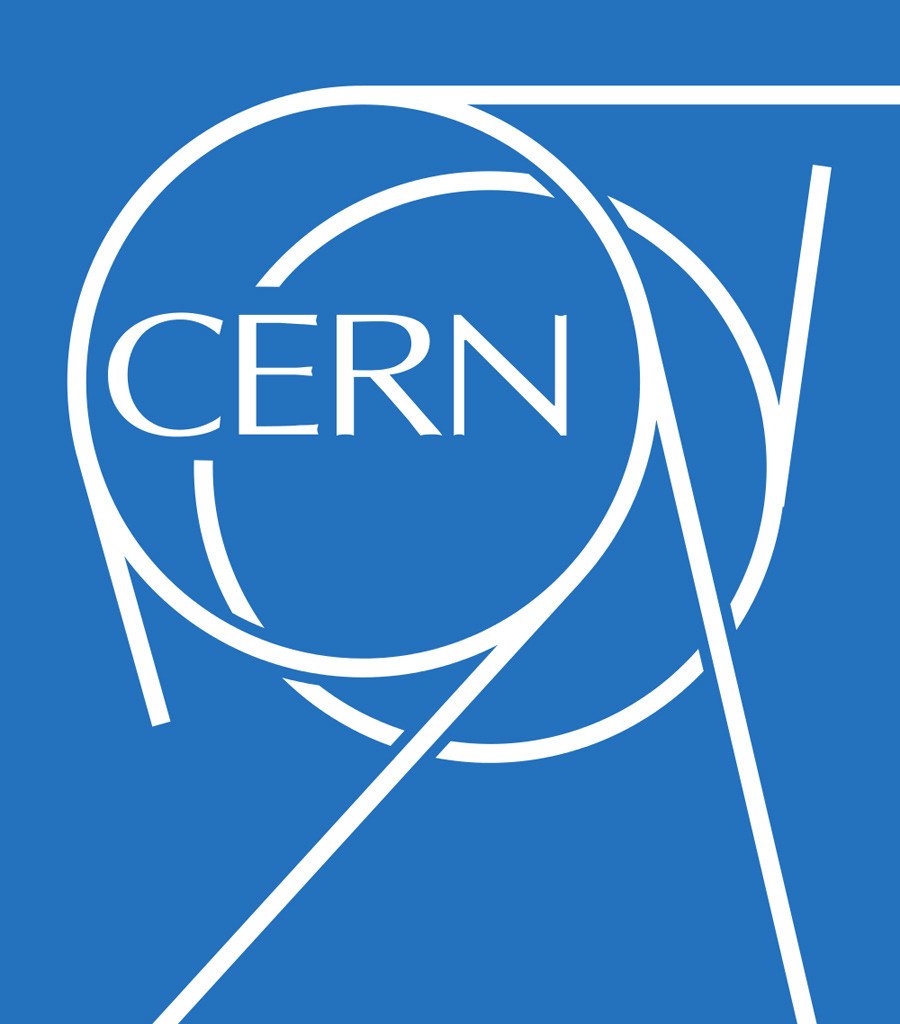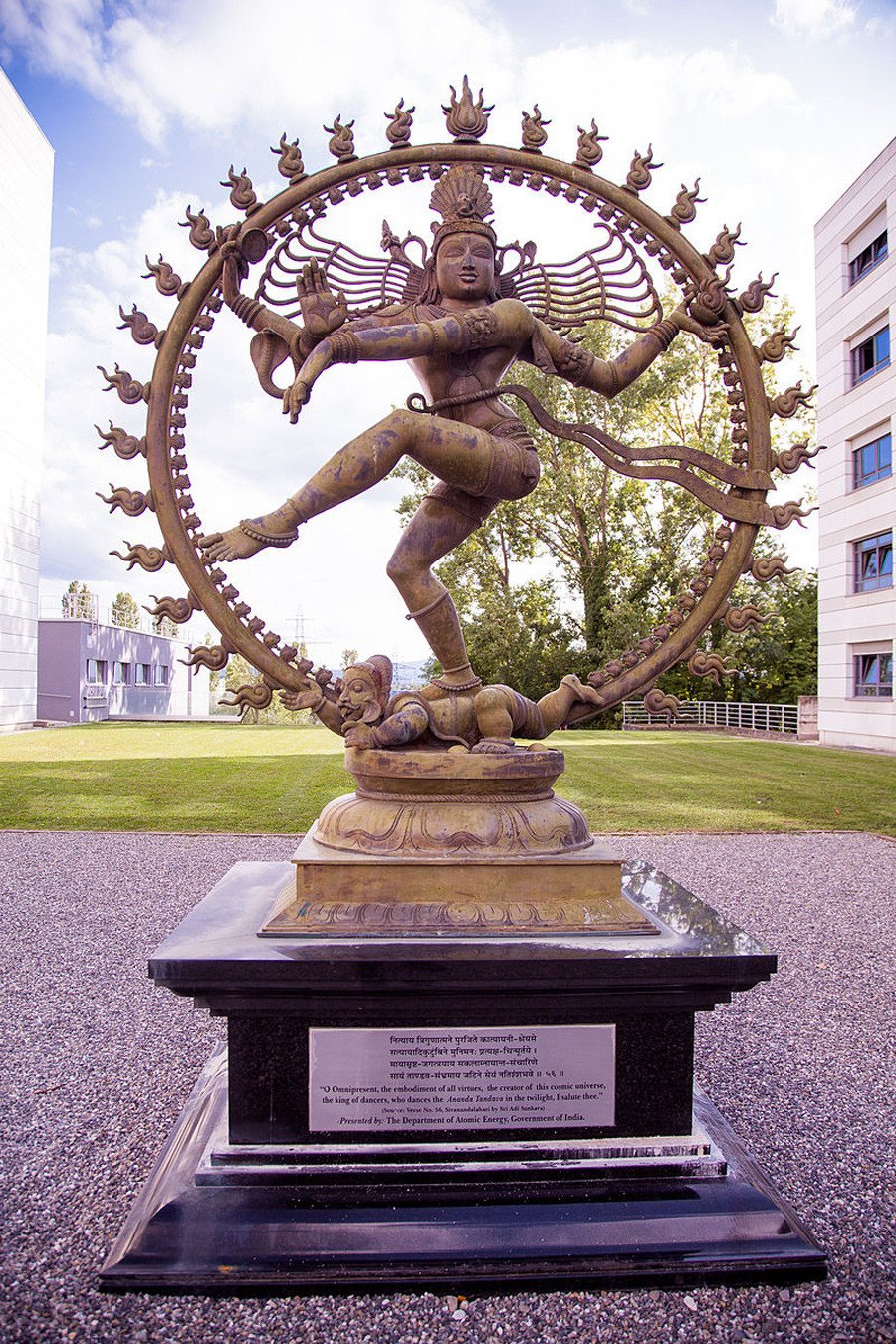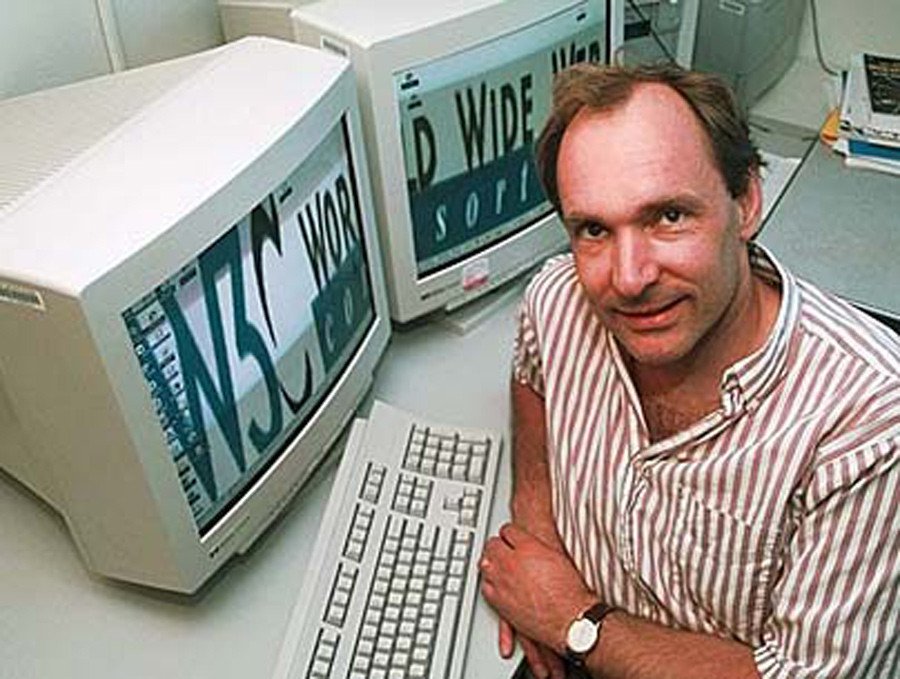10 mind-blowing facts about the CERN Large Collider you need to know

In September, Europe’s Large Hadron Collider (LHC) will smash together sub-atomic particles at nearly the speed of light, an unprecedented experiment that has some of the leading voices in the world of science - and religion - sounding the alarm on the risks involved.
CERN is perhaps most famous for its discovery in 2012 of the elusive Higgs Boson [named after British physicist Peter Higgs who predicted its existence in 1964], the so-called ‘God particle,’ which allows other particles to build up mass as they pass through the Higgs field.
Today, however, CERN is more famous – or perhaps infamous is the better word - for an upcoming experiment in which scientists will play God in an effort to recreate the conditions immediately following the ‘Big Bang’ event that gave birth to the Universe millions of years ago.
For those who are in the dark about CERN and the controversial objectives it hopes to achieve, here is a quick primer.
10. CERN is the world’s biggest machine
Straddling the French-Swiss border, the $9 billion CERN collider complex is buried at a depth of up to 575 feet (175 meters). The tunnel complex runs along a 17-mile (27-kilometer) circuit. Scientists involved in the project say the laboratory was built underground because the Earth’s crust provides protection against radiation. They also say it was buried out of respect for the natural landscape, which sounds slightly ironic considering the massive damage the collider could possibly cause down the road.

9. Massive gravitational pull
The CERN collider is composed of some 9,600 super magnets – which are 100,000 times more powerful than the gravitational pull of Earth - that fire protons around a circular track at mindboggling speeds. A beam might rotate for up to 10 hours, travelling a distance of more than 10 billion kilometers, enough to make it to the far reaches of our Solar System and back again. Travelling just below light-speed, a proton in the LHC will make 11,245 circuits every second.
No less amazing are the magnet’s coils, which are made up of 36 twisted 15mm strands, each strand comprised in turn of 6000-9000 single filaments, each filament possessing a diameter as small as 7 micrometers. The 27km length of the LHC demands some 7,600 km (4,100 miles) of cable, which amounts to about 270,000 km (145,000 miles) of strand — more than enough to circle the Earth six times at the Equator. According to the CERN website, if the filaments were unraveled, they would “stretch to the Sun and back five times with enough left over for a few trips to the Moon.”
8. CERN generates extreme temperatures
There may be another reason for the CERN super collider being buried hundreds of feet underground: The unbelievable hot temperatures it can reach. How hot you ask? Well, about as hot as conditions in the Universe after the Big Bang, or more than 100,000-times the temperature at the center of the Sun. This will be achieved, CERN says, by accelerating and colliding together two beams of heavy ions, an epic scientific event that will take place next month.
7. But Stephen Hawking is worried
Although it may require some mental gymnastics to wrap one’s brain around exactly what the CERN scientists are attempting to achieve in their underground lab, the average layman may instinctively understand that such an experiment may be wrought with unforeseeable pitfalls. Stephen Hawking, the eminent physicist, seems to agree.
“The God particle found by CERN could destroy the universe,” Hawking wrote in the preface to a book, Starmus, a collection of lectures by scientists. The Higgs Boson could become unstable at very high energy levels and have the potential to trigger a “catastrophic vacuum decay which would cause space and time to collapse and… we would not have any warning to the dangers,” he continued.
Hawking is not the only voice in the scientific wilderness predicting possible catastrophe if CERN continues in the atomic fast lane. Astrophysicist Neil de Grasse Tyson told Eugene Mirman on his Star Talk radio program that the experiment could literally cause the planet to “explode.”
“Ask yourself: How much energy is keeping it together? Then you put more than that amount of energy into the object.” Tyson was confident of the result: “It will explode.”
In late 2008, when CERN was first firing up the engines on its atom-smashing machine, Otto Rossler, a German professor at the University of Tubingen, filed a lawsuit against CERN with the European Court of Human Rights, on the grounds that the facility could trigger a mini black hole that could get out of control and annihilate the planet. The Court tossed out Rossler’s request, but he nevertheless succeeded in generating heated discussion on the possible dark side of the experiment.

6. Opening the door to other dimensions
One year after CERN’s grand opening, Sergio Bertolucci, former Director for Research and Scientific Computing of the facility, grabbed headlines when he told a British tabloid the super collider could open otherworldly doors to another dimension for "a very tiny lapse of time,” mere fractions of a second. However, that may be just enough time “to peer into this open door, either by getting something out of it or sending something into it.”
"Of course," added Bertolucci, "after this tiny moment the door would again shut; bringing us back to our 'normal' four-dimensional world ... It would be a major leap in our vision of nature… And of course [there would be] no risk to the stability of our world."
Naturally, this comment has triggered fears that the CERN collider could unwittingly invite unwanted visitors from other time-space dimensions. Anybody for dinosaurs strolling along the Champs-Élysées, or alien life forms seizing the entire planet? Such scenarios – at least for some scientists – are no longer confined to the fictional world of Isaac Asimov novels; with the ongoing work at CERN, there is even talk of opening up a portal for time travel.
Simply postulating such futuristic scenarios shows how far mankind has traveled in a relatively short expanse of time, and our dystopic future predicted in books like “Brave New World” and “1984” may already be here. Will man be able to control the technology he has created, or will the technology destroy him, his works, and with it the entire planet?
5. CERN’s curious choice of geographic location
Now on top of all the speculation as to what CERN scientists are really attempting to do with their Large Hadron Collider, many observers could not help but notice that the town in France where CERN is partially situated is called “Saint-Genus-Poilly.” The name Pouilly comes from the Latin “Appolliacum” and it is believed that in Roman times a temple existed in honor of Apollo, and the people who lived there believed that it is a gateway to the underworld. It is interesting to note that CERN is built on the same spot.
Religious leaders – always suspicious of the aims of the scientific world - drew a connection to a verse straight out of Revelations (9:1-2, 11), which makes reference to the name ‘Apollyon.’ The verse states: “To him was given the key of the bottomless pit. And he opened the bottomless pit… And they had a kind over them, which is the angel of the bottomless pit, whose name in the Hebrew tongue is Abaddon, but in the Greek tongue hath his name Apollyon.”
Now try telling a spiritual leader that the Bible is conspiracy theory.
4. Tapping into ‘Dark Matter’
Astonishingly, astrophysical observations have demonstrated that all visible physical matter accounts for only four percent of the Universe. Now the race is on at CERN to find those elusive particles or phenomena responsible for dark matter (23 percent) and dark energy (73 percent). Essentially what the CERN experiment hopes to achieve is to separate – by way of the atom smasher - the invisible dark matter, which has been described as the very glue that holds together, from the visible. There’s just one problem with this experiment: Nobody has any idea what the consequences will be if that goal is achieved. So once again, this ‘dark versus visible’ paradigm has generated a battle that transcends the scientific world, becoming a question involving philosophy and spirituality.
3. CERN logo
I will leave it up to the imagination of the reader to determine if the public relations team at CERN opened up the door to massive conjecture - not to mention a huge amount of 'conspiracy theory' - by opting for the particular logo design that they did.

2. Deity of destruction as corporate mascot
Although most corporations shun any connection with religion and the spiritual world, CERN has chosen as its mascot a Hindu goddess. But not just any Hindu goddess. Just outside of its headquarters building sits an ancient statue to Shiva, ancient Apollyon, the goddess of destruction. Strange?

1. No Democratic debate
CERN is presently ramping up the largest atom collider in the world (it takes months for the magnets to get the particles to reach near light-speed) in preparation for their next atomic collision which is scheduled to take place next month – with barely a mention in the media of the risks involved. Since some critics say this scientific experiment poses greater risks than even the tests prior to the introduction of the atomic bomb, it would stand to reason that there should be much more discussion on this ‘dark matter.’ Sadly, and not a little ironically, CERN – which essentially governs itself as its own fiefdom – is operating just as invisibly as the particles they are attempting to study.
However, CERN has been the trailblazer on a number of other highly credible projects, which may tempt people to give them the benefit of the doubt regarding CERN, which certainly ranks as one of the most comprehensive and expensive scientific experiments in history.
In 1989, under the guidance of Tim Berners-Lee, CERN began the World Wide Web project, which led to the first webpage in history. On April 30, 1993, CERN announced that the World Wide Web would be free to anyone.

The statements, views and opinions expressed in this column are solely those of the author and do not necessarily represent those of RT.
The statements, views and opinions expressed in this column are solely those of the author and do not necessarily represent those of RT.













